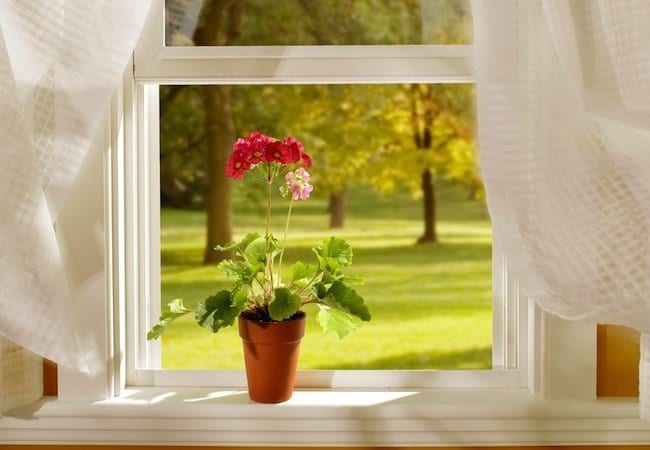By Leah S. Dunaief

Many of us sit through meetings of one kind or another: business meetings, community meetings, even social gatherings. But did you know that the air we breathe in those closed spaces might not be so healthy for us? If you come out of such a gathering and the air around you then feels fresher and cooler, consider this: “Small rooms can build up heat and carbon dioxide from our breath to an extent that might surprise you.” So explained a recent article in the Science Times section of The New York Times.
When we breathe, we exhale carbon dioxide. That gas, which we might characterize as stale air in such a situation, can actually affect decision-making as a result of its impact on the mind. Some eight studies over the past seven years have considered the effects on cognitive function in small, airless rooms over a couple of hours. The results suggest that perhaps we should not entirely trust decisions made there.
Carbon dioxide, when inhaled, dilates blood vessels in the brain and reduces activity among cerebral neurons, thus decreasing communication between brain regions. We know this to be true when a large amount of the gas is inhaled but we don’t know so much about the effect of smaller amounts. If student test results are compared in rooms with 600 parts per million (ppm) of CO2 and similar rooms with 2,500 ppm, the scores of the test takers with the high concentration are significantly lower. It is interesting to note that carbon dioxide levels can be twice that high in some classrooms.
 Such studies were repeated in the workplace, with workers taking problem-solving and strategy tests, and the results were the same. In today’s energy-sensitive world, many office buildings are better sealed, with less fresh air seeping indoors. Another interesting fact was that not every type of test showed that same result. Less complex test material, like some proofreading, for example, did not show a comparable shift.
Such studies were repeated in the workplace, with workers taking problem-solving and strategy tests, and the results were the same. In today’s energy-sensitive world, many office buildings are better sealed, with less fresh air seeping indoors. Another interesting fact was that not every type of test showed that same result. Less complex test material, like some proofreading, for example, did not show a comparable shift.
So the next time you are in such a situation, open a window or keep the door ajar. Perhaps the intellectual level of the conversation will rise.
Now here is another tip for better living that is also from The Times, although published a different day. For those of you who, like me, love to sit around sometimes and do nothing, here is exoneration from the charge of laziness in an otherwise busy world. The Times tells us that the Dutch call this “niksen.”
What is doing nothing, exactly? A psychologist named Doreen Dodgen-Magee, who studies this matter, likens it to a car whose engine is running but isn’t going anywhere. It’s “coming to a moment with no plan other than just to be,” she writes. She calls that boredom, which she doesn’t intend in a negative way.
But the idea of niksen is to take conscious time to do activities like gazing out of a window or sitting motionless. I like that, although it flies in the face of our always-be-productive American culture. According to some experts, “the benefits of idleness can be wide-ranging.”
Daydreaming, “an inevitable effect of idleness — literally makes us more creative, better at problem-solving, better at coming up with creative ideas,” according to Sandi Mann, a psychologist at the University of Central Lancashire in England, who has done research in this area. “Let the mind search for its own stimulation. That’s when you get the daydreaming and mind wandering, and that’s when you’re more likely to get the creativity,” she explained.
It’s not easy to do nothing and certainly to do so and not feel guilty about it. We have to set time aside deliberately to disconnect — and not just from our devices. The reward is that we can refocus with more energy. I have a chair in my living room that I can sink into and just have my mind go blank. It’s even tempting to fall asleep there, and sometimes I do for a few minutes.
Delightful!







